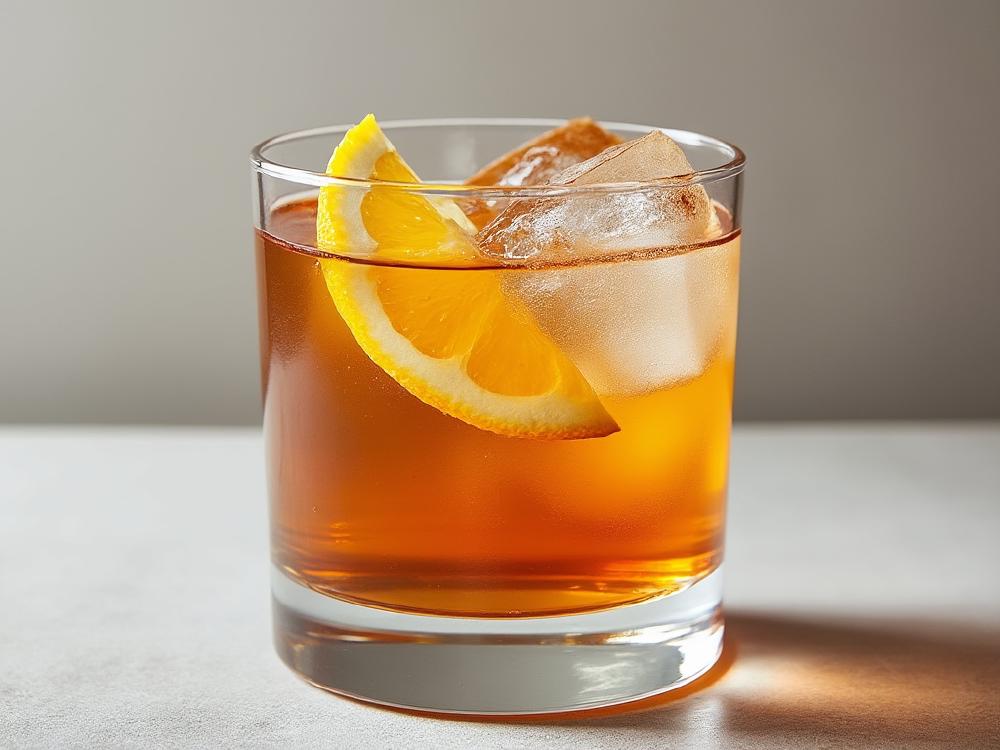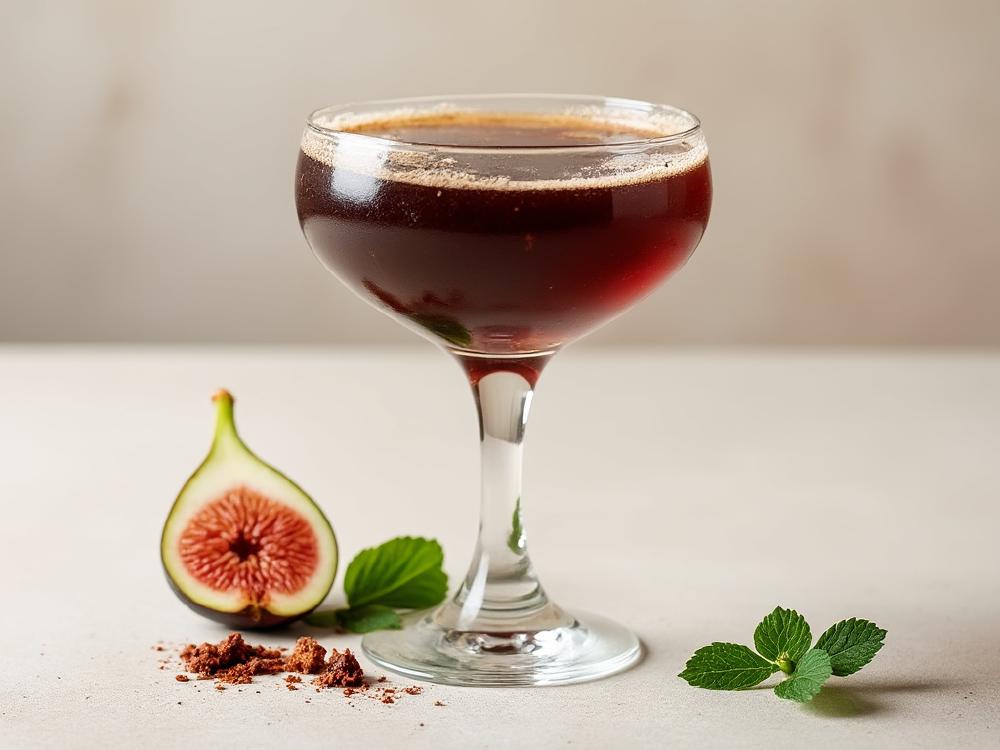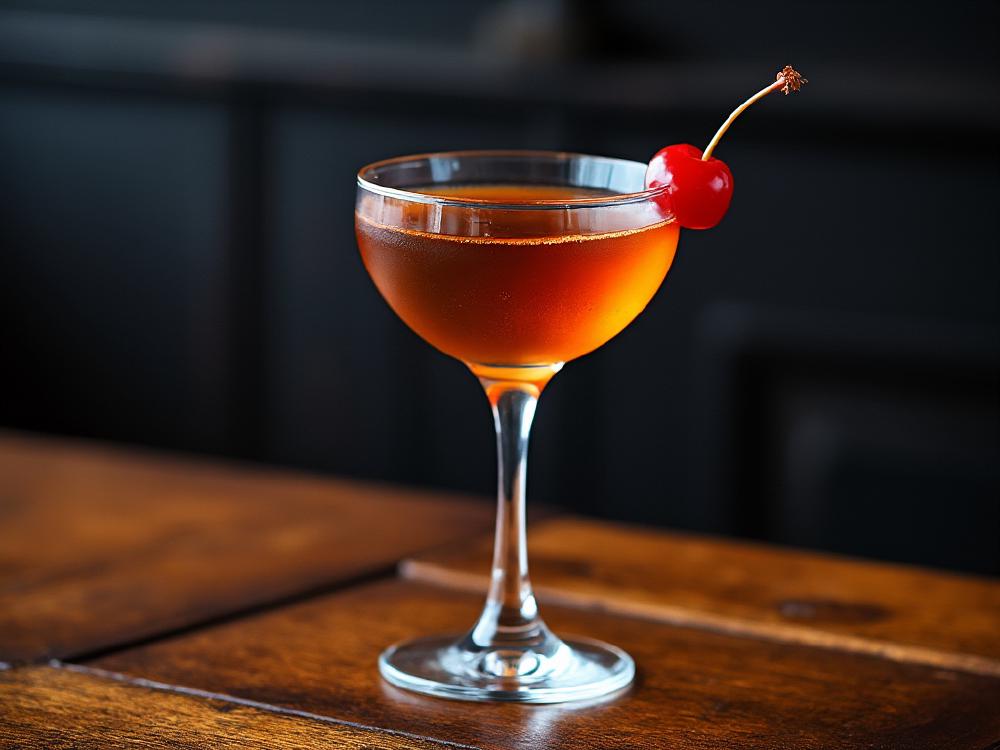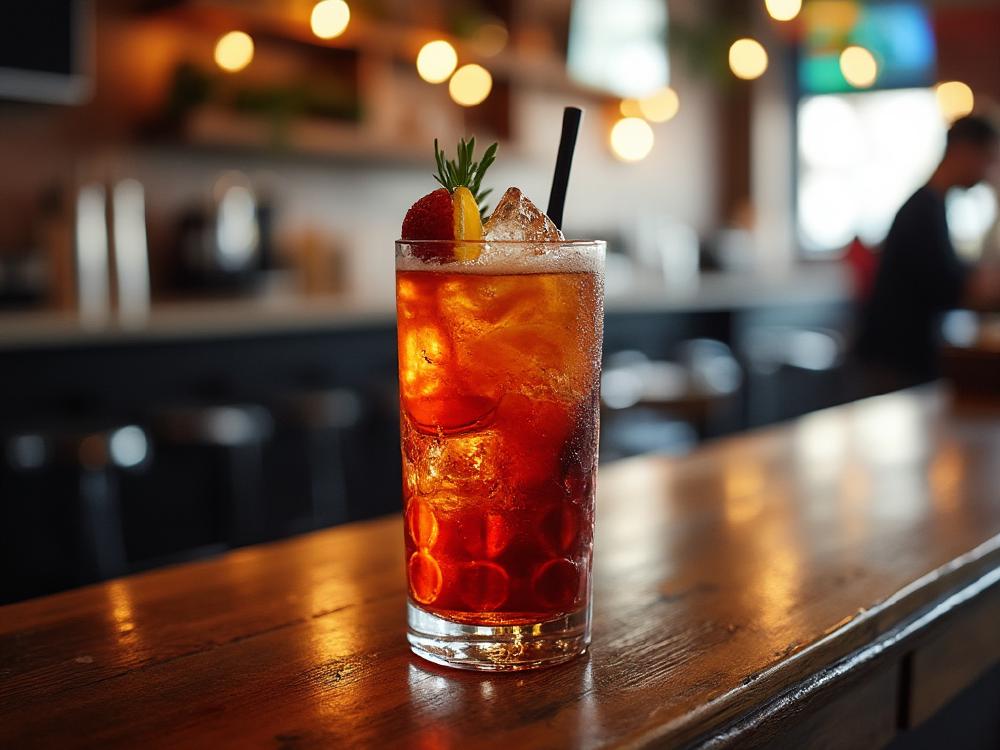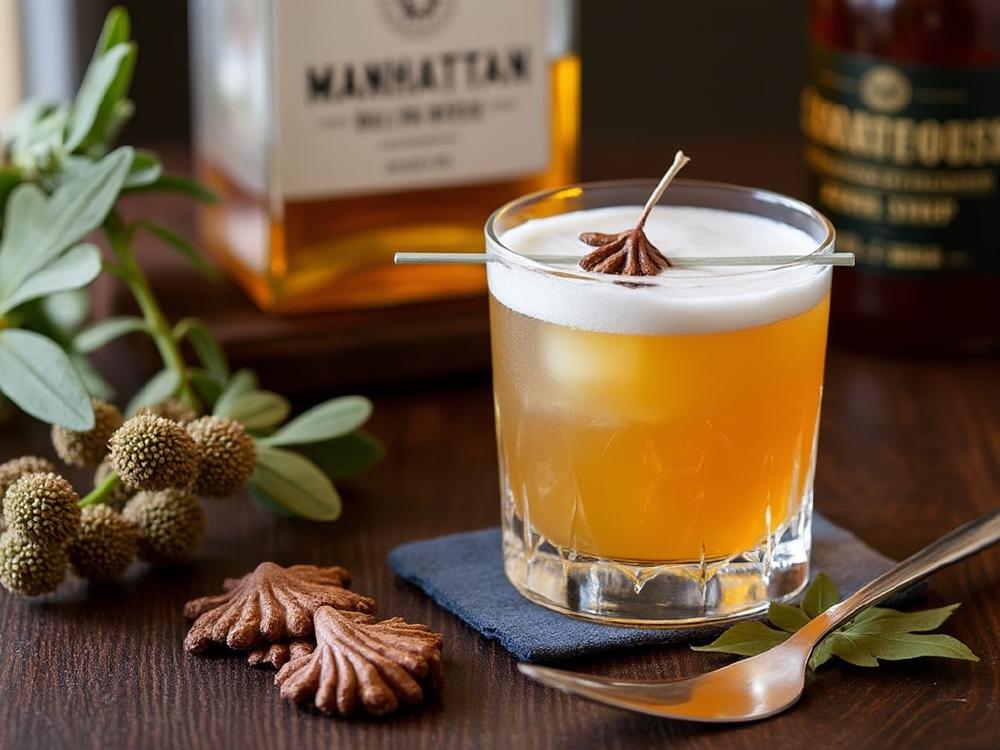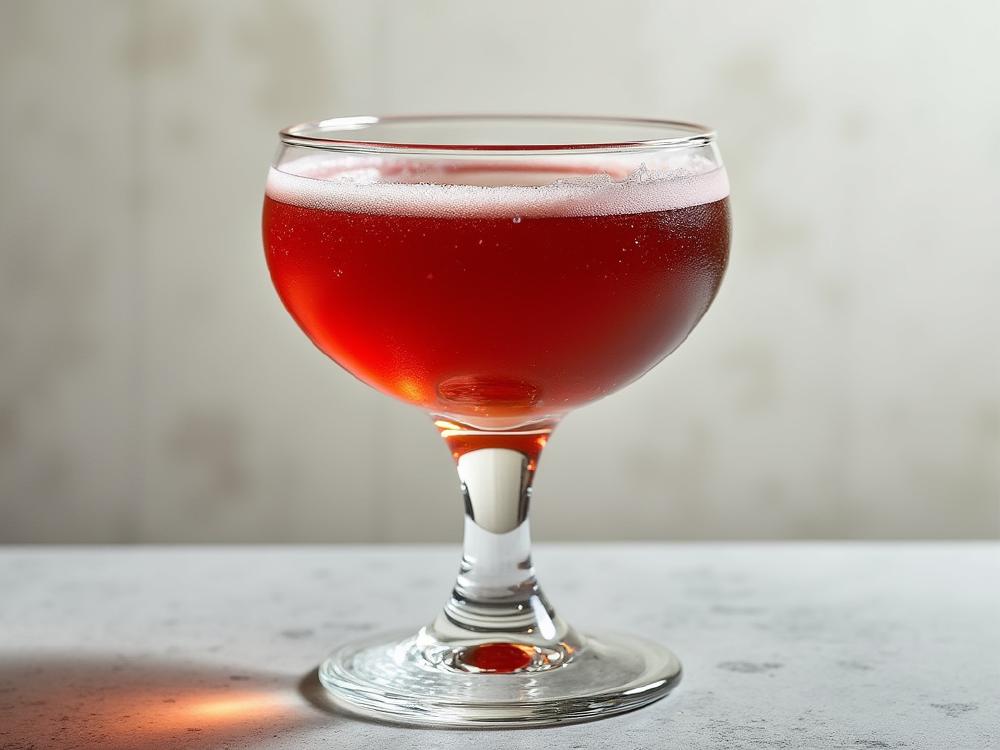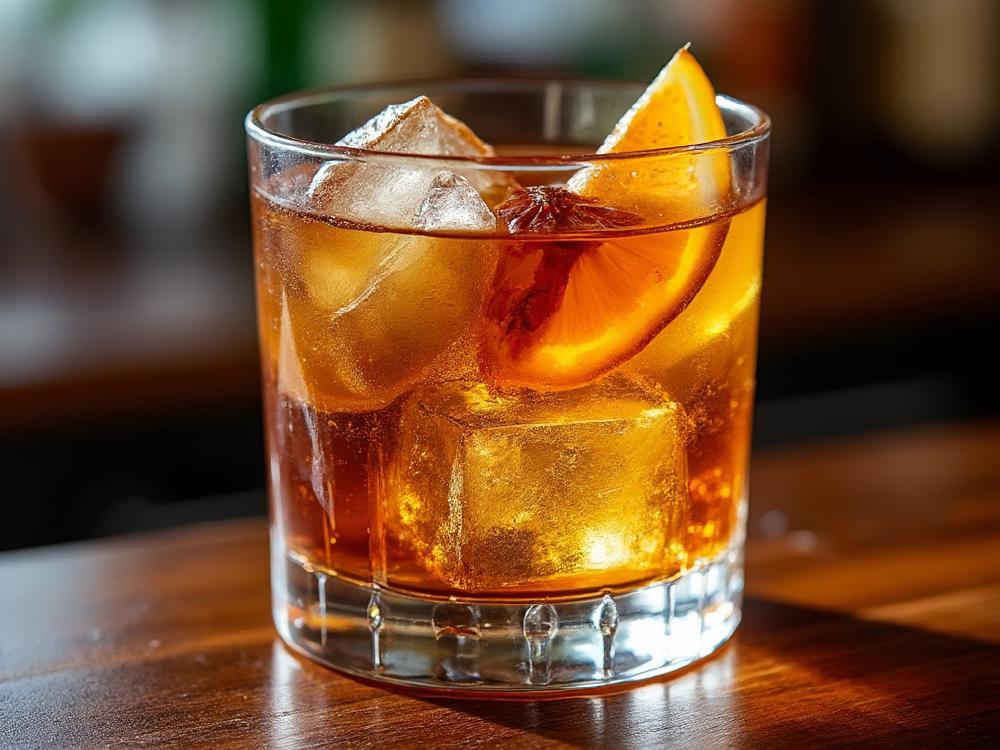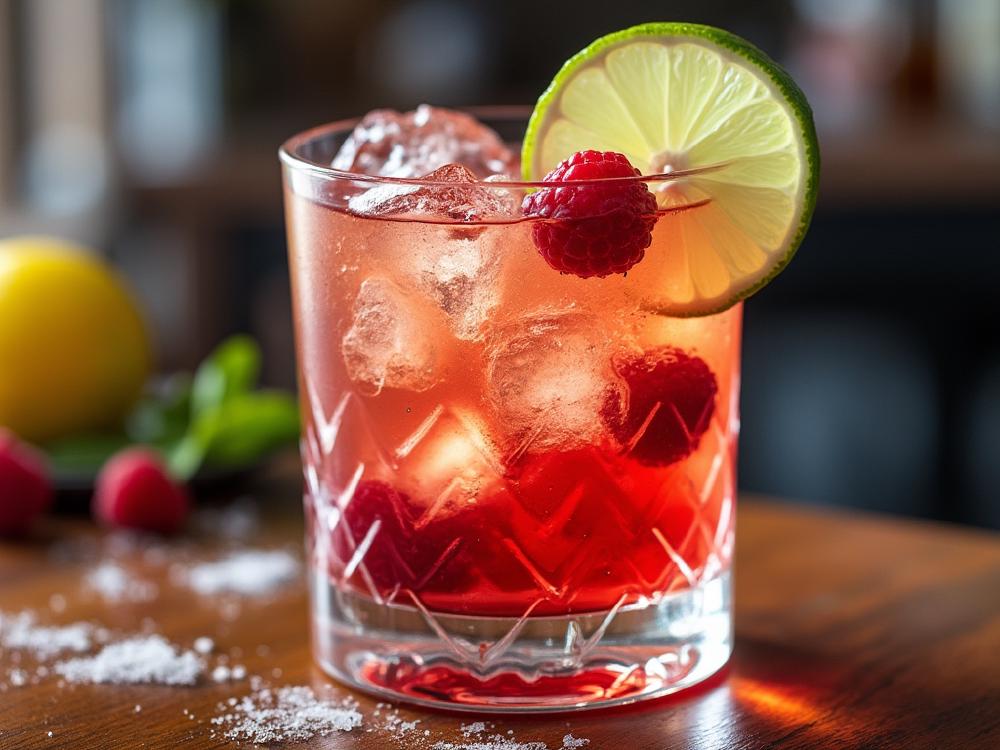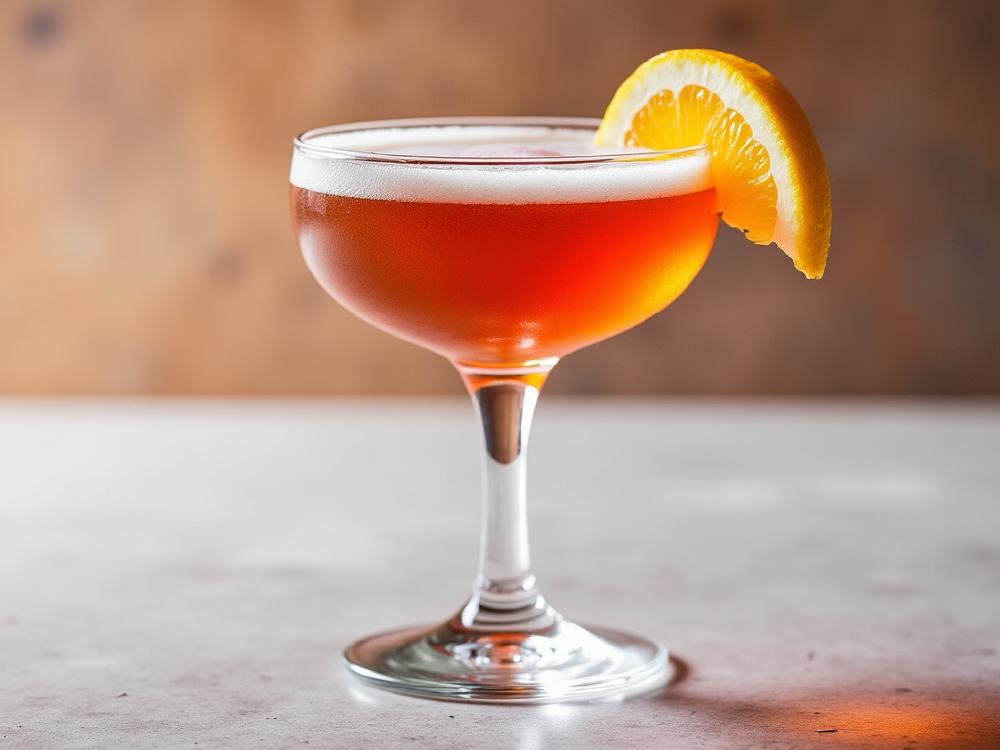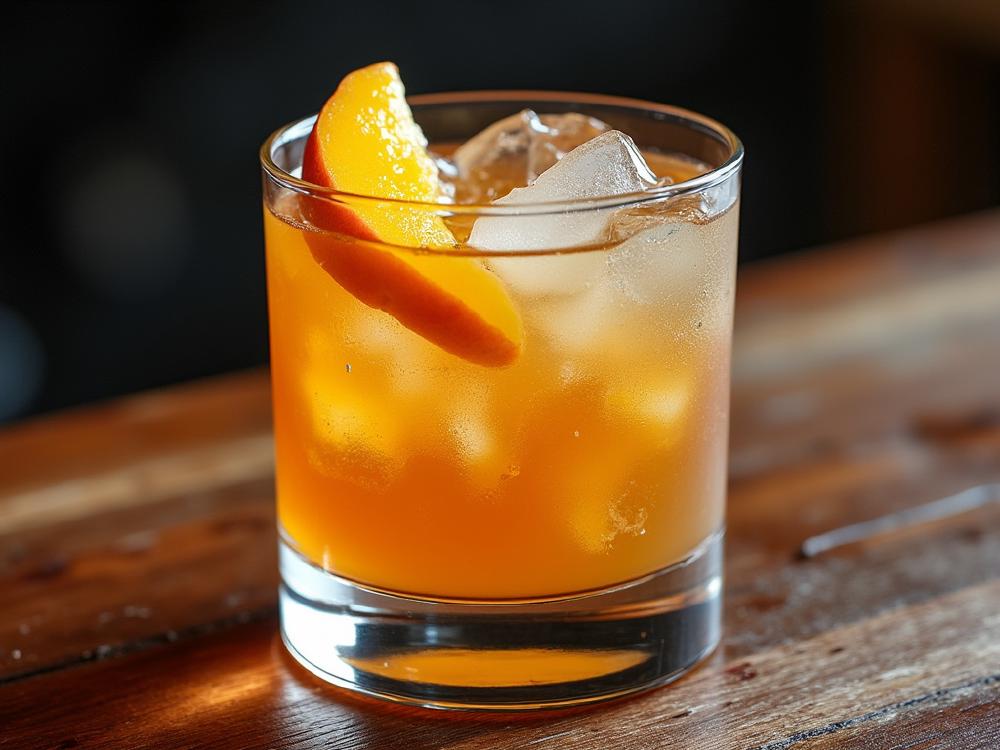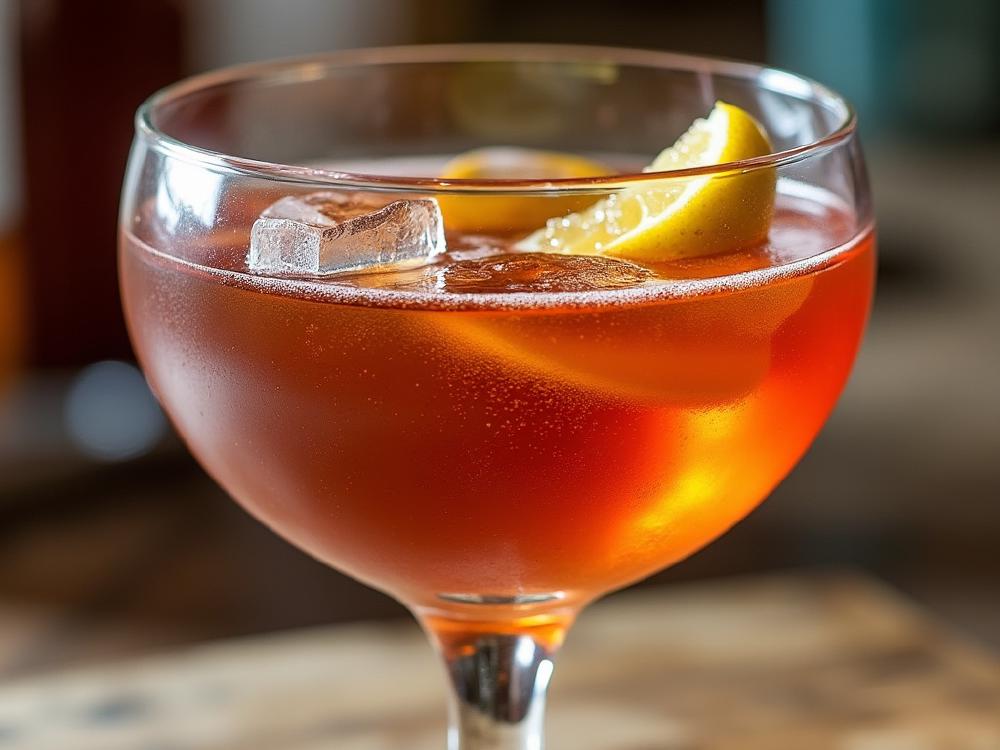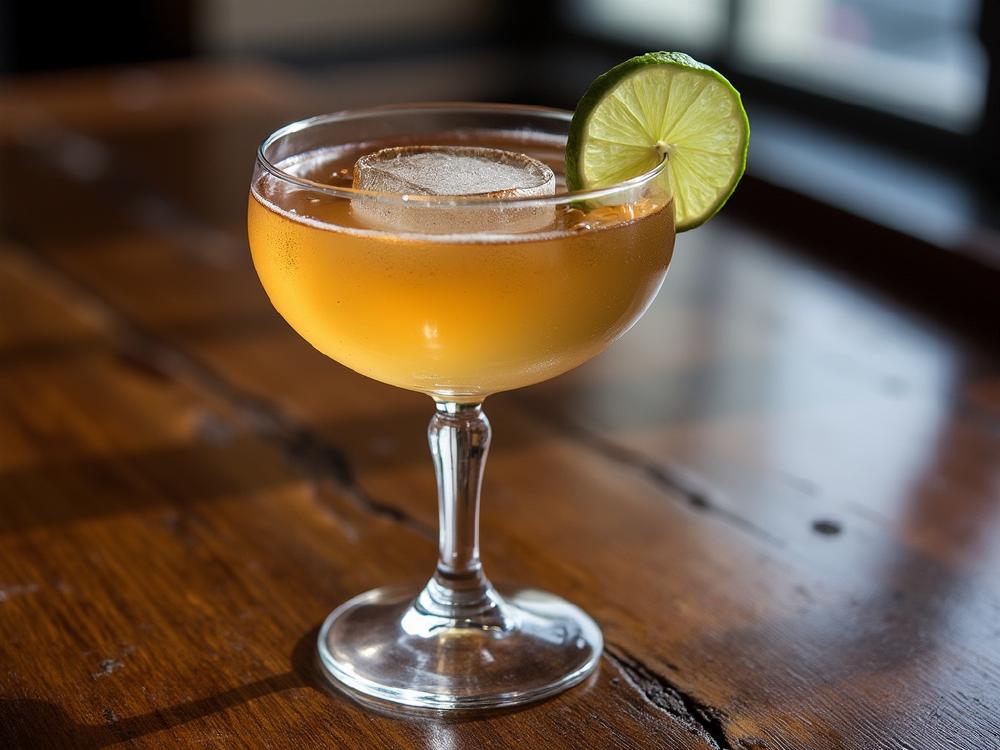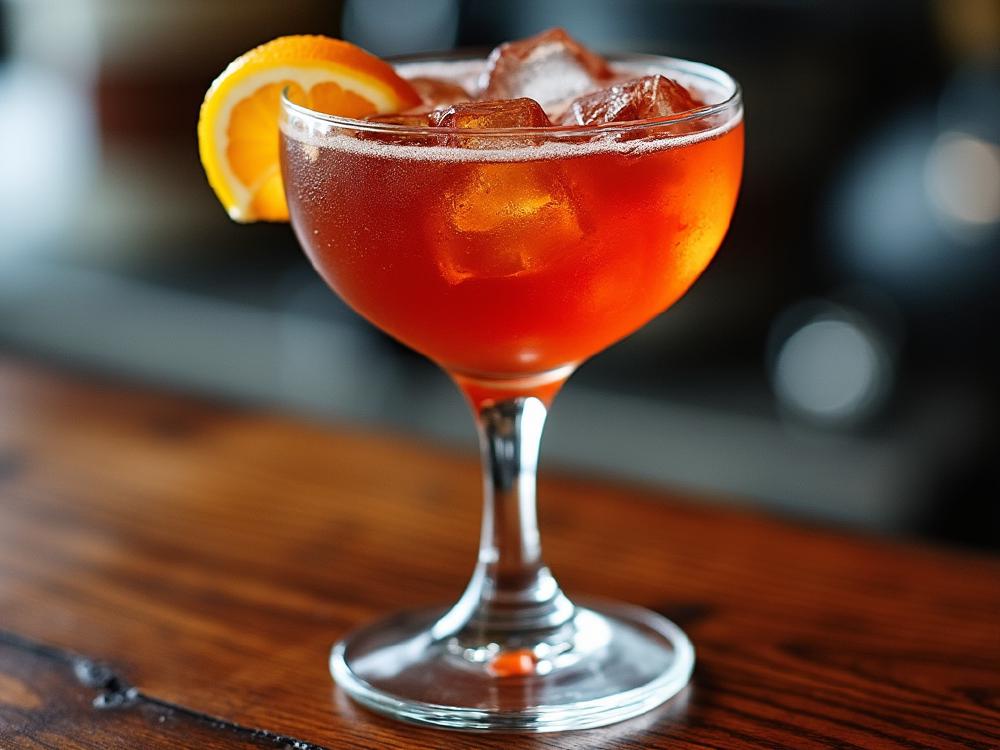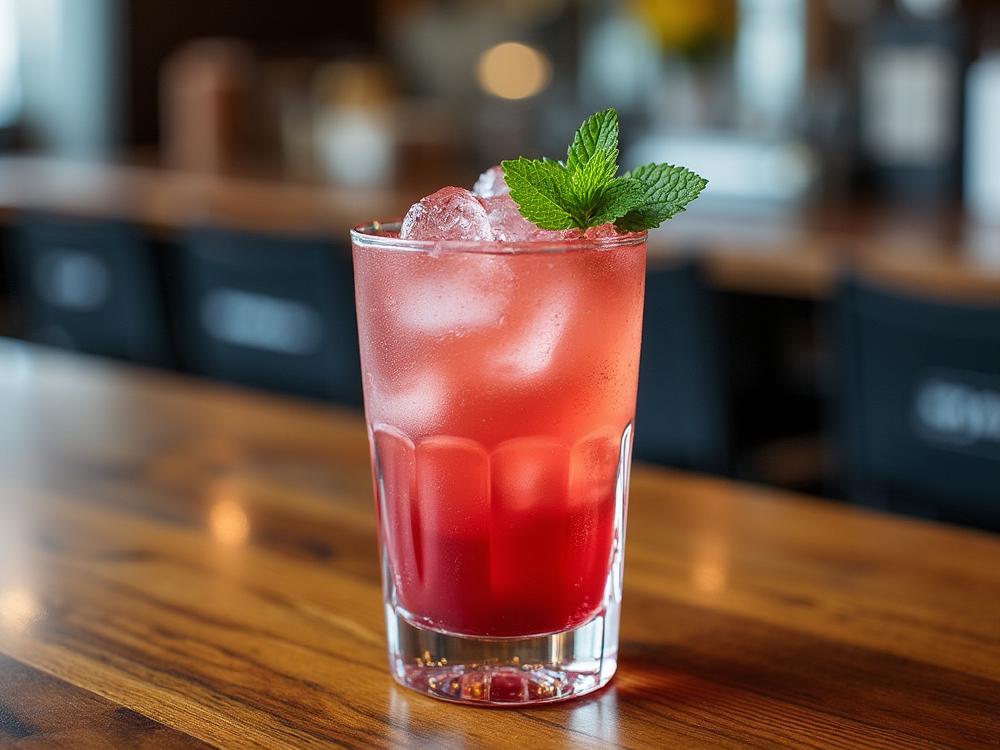Rye Based Cocktail Recipes
Rye whiskey, with its rich history dating back to America’s colonial era, emerged as settlers discovered rye’s suitability for distillation in the harsher climates of the Northeast.
Initially as popular as bourbon, rye’s prominence waned post-Prohibition but has seen a remarkable resurgence in recent years, driven by a renewed interest in its unique flavor profile.
To be labeled rye whiskey, it must contain at least 51% rye grain in its mash bill, with the rest typically corn and barley, aged in new, charred oak barrels. This distillation process imparts rye with a distinct spiciness, often described as peppery or biting, alongside a characteristically dry finish that sets it apart from the sweeter bourbons.
Flavor Profile of Rye
Rye's flavor palette can include notes of cinnamon, cloves, dried fruit, and even a hint of herbaceousness, with the aging contributing vanilla, oak, and caramel undertones.
This complexity makes rye whiskey a favorite in classic cocktails like the Manhattan or Old Fashioned, where its bold, grainy profile stands out, marking it as a pivotal player in the modern cocktail renaissance.
